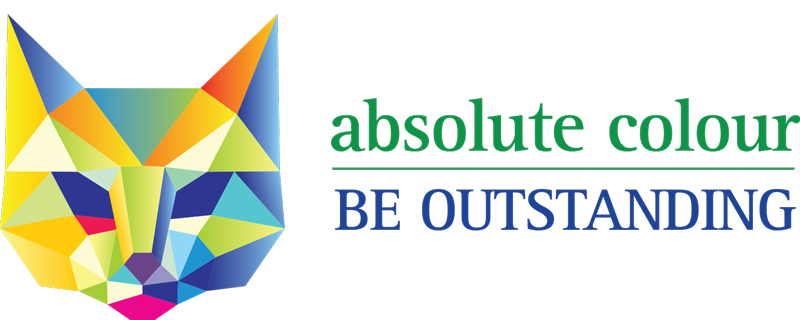When done right, printed booklets are attention-grabbing tools for making a lasting and persuasive impact—something digital media struggles to achieve. Booklet printing allows you to provide a custom booklet for clients, a tactile experience that reinforces a message and builds trust. They are tangible, lasting, something of value in a throw-away world. They can also display your brand beautifully and create an impression of value and permanence. Booklets stay around, reminding clients of who you are and what you do.

The How-To’s of Booklet Printing
Let’s explore what goes into creating a high-quality booklet printing and why it’s so worth considering for your next marketing effort.
Why Printed Booklets?
Booklets allow for in-depth storytelling and are physically engaging. Here’s why businesses and brands are choosing print:
Tactile Engagement: Booklets offer a physical experience that fosters a stronger connection between reader and content. Think brand recall.
High Perceived Value: The weight, quality, and finish of a booklet all contribute to its sense of value and trustworthiness, which can influence the reader’s perception of your brand.

What Are Some Key Design Tips for Impactful Booklet Printing?
Embrace Simplicity: Avoid overcrowding; focus on white space and clear hierarchy.
High-Quality Images: Use images at least 300 dpi to avoid pixelation in print.
Typography Matters: Choose fonts that match the booklet’s tone, keeping the text legible with a hierarchy of sizes.
Create a Natural Flow: Guide readers from page to page with headings, subheadings, and visuals. This layout is essential for an engaging booklet that’s easy to follow. Your layout should lead people where you want them to go.

How do I Choose the Right Materials and Finishes for my Booklet?
Paper Options for Booklets:
Gloss Paper: Great for vibrant colours.
Uncoated Paper: Provides a natural look, ideal for minimalist designs.
Popular Finishes:
Matte: Low sheen, reduces fingerprints, ideal for professional or text-heavy covers.
Gloss: High-shine for colourful, image-heavy booklets.
Binding Options for Booklets
For different needs, these are the top choices for booklet binding:
Loop Stitching: Loop stitching is something like an extension of stapling a document. Instead of a flat, close-fitting staple, there’s an extension in the form of a round loop that allows the booklet to be placed into a 2 ring or 3 ring binder.

Twin Loop Binding: Also known as wire binding, wiro binding, spiral binding. Great for conferences and anywhere note taking is needed. Lays flat when open.

Case binding: Sections of pages are sewn together and glued into a hard cover, usually a cardboard that has cloth, vinyl or leather over it. The material is glued by the end papers which sit inside the front and inside back of cover for a professional finish.

Saddle Stitch (Staple Binding): Best for smaller booklets with fewer pages; cost-effective with a clean look.

Perfect Binding: Great for larger booklets with a professional spine. Soft cover, usually around twice the thickness of the text pages.

What are Some Cost-Saving Tips for Booklet Printing?
To make the most of your budget:
Print in Bulk: Lower the per-unit cost significantly by printing a larger quantity upfront.
Balance Paper Types: Use lighter stock for inner pages and heavier for the cover for a professional look without high costs.
Keep Designs Simple: Focus on timeless, elegant designs over elaborate finishes for an effective yet budget-friendly booklet.
Need to know more about booklet printing?
Give us a call. We have been printing booklets for more than 30 years. We’ve learned a thing or two – and we love to assist our clients get the best results.
Phone:1300 88 99 59
Email: print@absolutecolur.com.au
